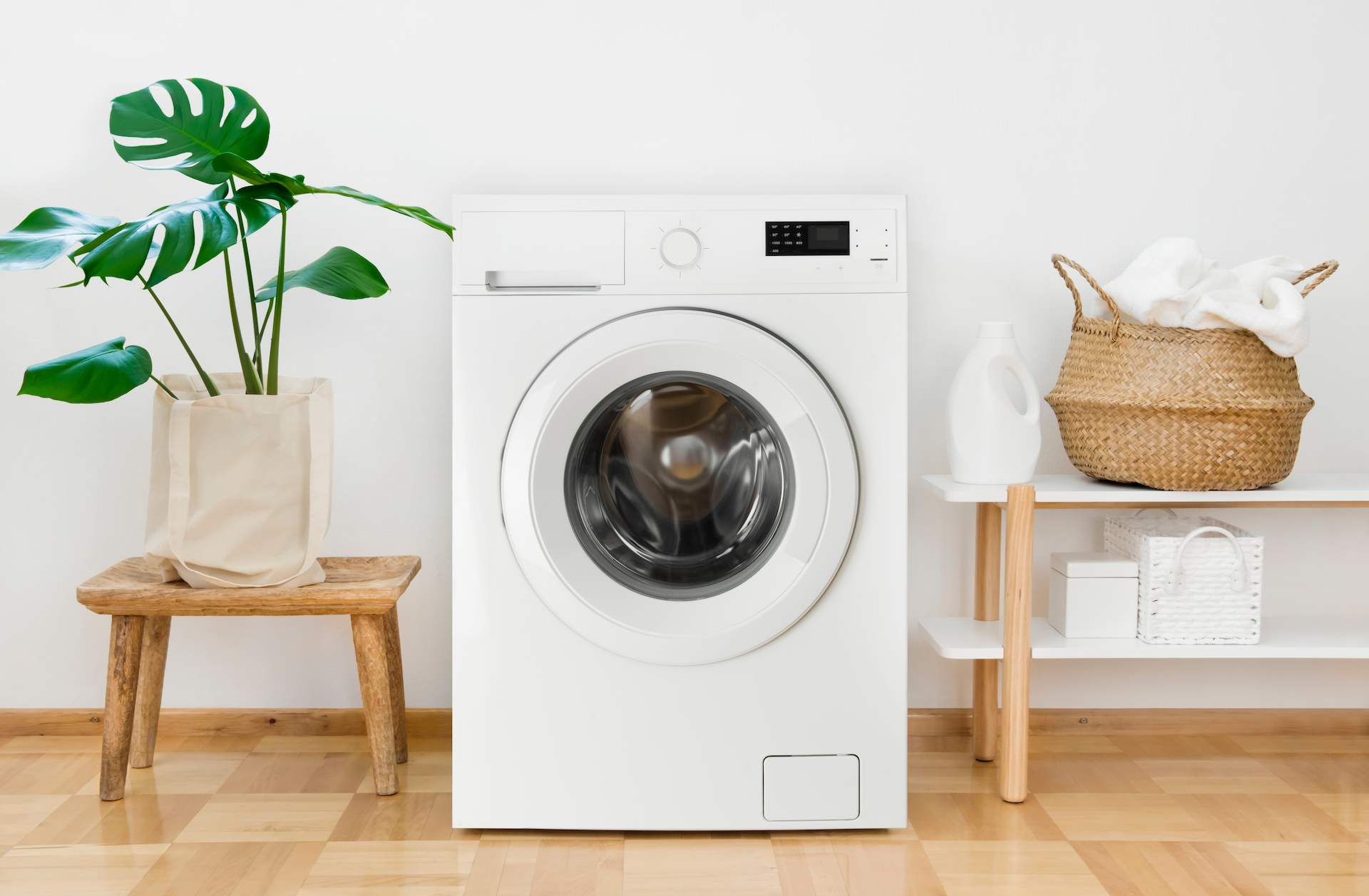Washing machine detergent myths, busted!
Washing machine detergent removes all bacteria on clothing
Every time we wear clothes or use linen, germs are transferred onto them. While it’s easy to see whether your laundry detergent has removed dirt or a stain, it’s difficult to tell if it has sufficiently removed the germs from your clothes and linens.
So when it comes to germs, what does detergent do? Does detergent kill bacteria? Well, no, but they are really good at physically removing germs from fabric. This is due to chemicals called surfactants, which are also responsible for removing dirt and stains.
Not all detergents have the same capacity for removing germs. Using any detergent with surfactants will result in decent germ-removal, but for more effective action you should use a detergent with bleach. Bleach has antibacterial activity and can kill germs even at lower wash temperatures. Be sure to check the care labels on your laundry items first, as some items shouldn’t be laundered with bleach.
Water below 60°C gets rid of allgerms
Heat is one of the most effective ways to get rid of germs in the laundry. Nowadays, more people are washing laundry at lower temperatures in order to be more energy efficient. While some germs can be removed at these temperatures, more germs will survive than if you launder at hotter temperatures. So what temperature kills bacteria in the washing machine? A washing machine cycle at 60°C or higher is recommended.
If you do choose to wash at a lower temperature, you can compensate using a detergent with bleach, or adding an antibacterial laundry rinse aid like Dettol Laundry Sanitiser – it helps remove 99.9% of germs^, even in cold water.
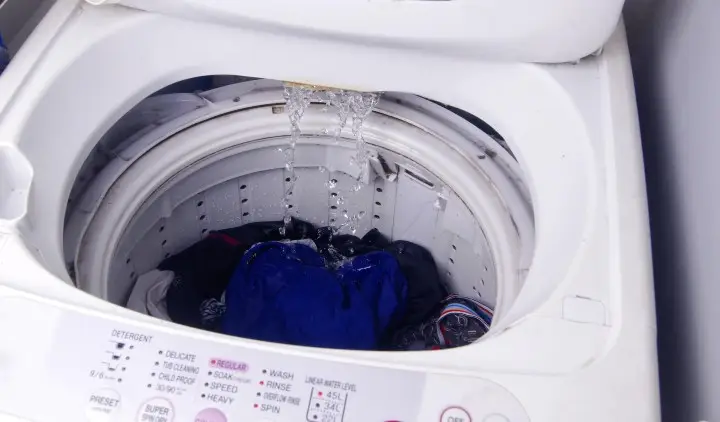
The more detergent you use, the cleaner your clothes?
This isn’t true. Using more detergent may mean it doesn’t get fully washed out of your laundry during the rinse cycle. It’s important not to overload your washing machine and to put the correct dose of detergent as recommended by the manufacturer.
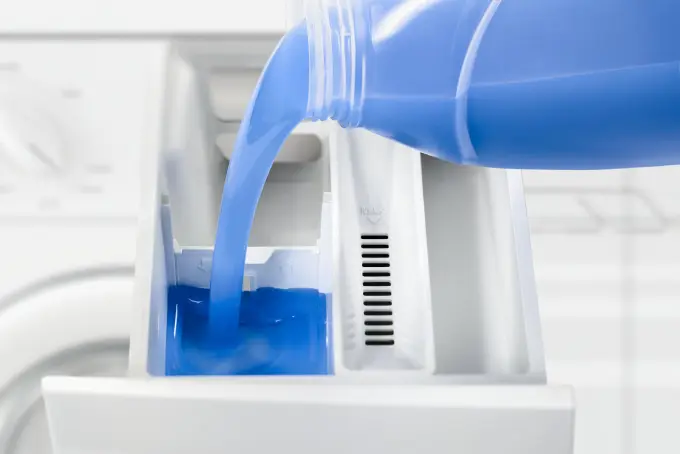
Washing detergent also cleans your washing machine
Definitely not true! Germs can enter your washing machine through laundry and water. They are then able to grow in your washing machine, particularly in plastic parts like the detergent drawer, and can contaminate your clothes during the rinse cycle. These germs are also the source of unpleasant odours you may get on your laundry, even after they’ve been washed.
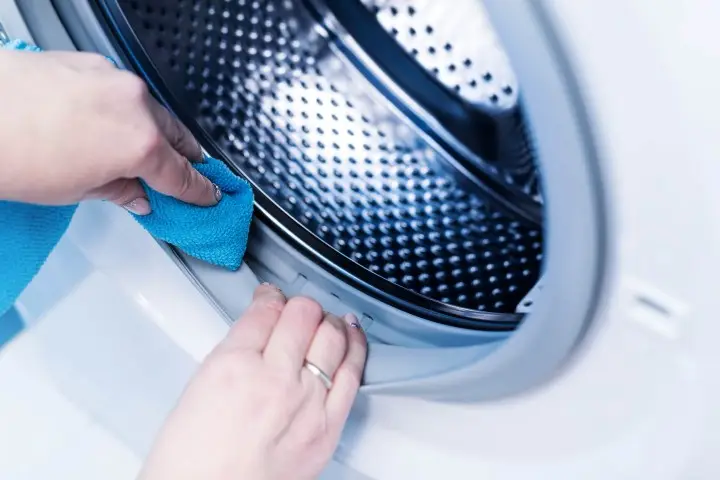
It’s important to clean your washing machine regularly to stop germs from building up and to keep your laundry hygienic. Try using Dettol Washing Machine Cleaner, which can remove 99.9% of germs* as well as bad odours, limescale and dirt
*Germs tested: E. coli, E. hirea, P. aeruginosa.
There’s no difference between bio and non-bio detergents
There is actually a significant difference between the two. Biological detergents contain enzymes, which are naturally-derived molecules that can speed up chemical reactions. This means that they have better cleaning power for a range of difficult stains like grass, blood, egg, grease and chocolate, even at lower temperatures. By replacing chemicals with biodegradable enzymes, bio detergents are also more environmentally friendly. These properties make bio detergents quite popular.

How to best get germs out of the wash
The most effective way to remove germs from your laundry is to wash at a temperature of 60°C. To remove germs from clothes without hot water, it’s recommended that you use an antibacterial rinse aid like Dettol Laundry Sanitiser during the wash. Simply add it to the fabric softener compartment or during the final rinse cycle – note that you shouldn’t use fabric softener at the same time. Properly drying your laundry also plays a part in removing germs. Dry your laundry as soon as possible after washing it, either in direct sunlight or by tumble drying. Ironing can also be helpful.
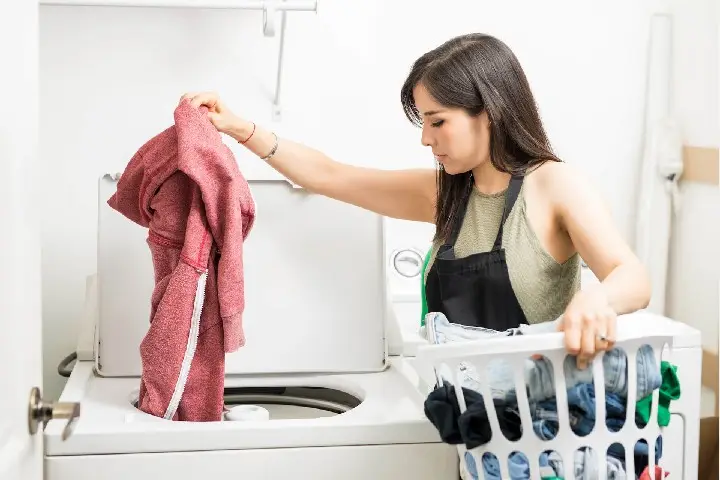
Finally, make sure to clean your washing machine regularly to prevent germs from building up. Dettol Washing Machine Cleaner can be used every 2 months and is easy to use – after wiping down the doors and detergent drawer, just pour the liquid into the detergent drawer and run without laundry at 60°C.5
Interested in more laundry tips? We’ve got you covered – learn all the ins and outs of good laundry hygiene here.
RB-M-50025
First published:
Last updated:
